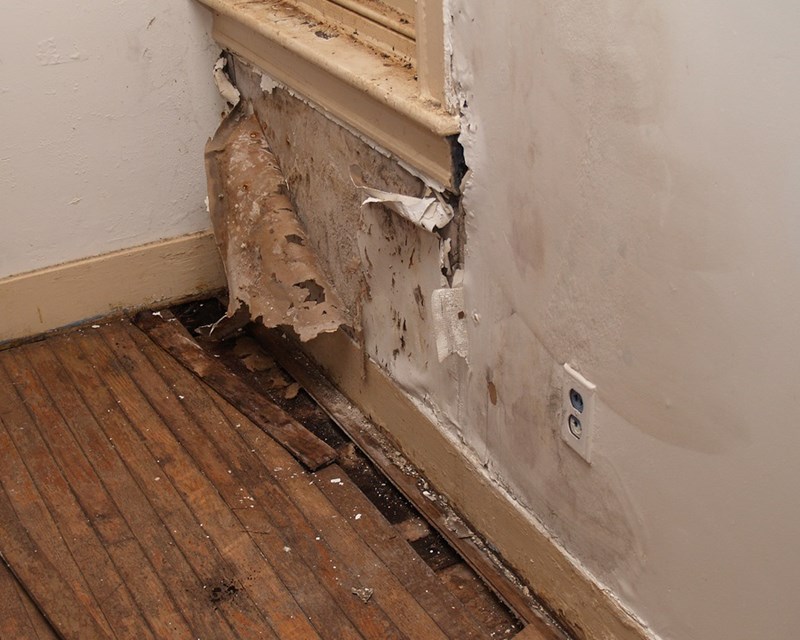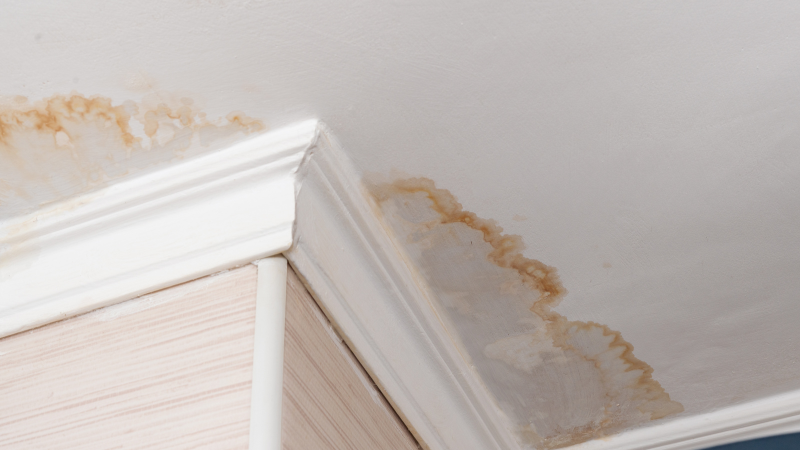What're your opinions on Preventing Water Damage in the Bathroom?

The shower room is extremely prone for moist buildup as well as possible water damages due to the regular use water in it. This short article offers basic inspection strategies to help identifying water damage threats.
The regular use water in the restroom makes it extremely vulnerable for damp accumulation as well as possible water damage. By evaluating it frequently, you can lower water associated damages.
The following collection of inspections is simple to carry out as well as need to be done when in every three months in order to maintain your bathroom in good shape as well as to prevent potential water damages brought on by the bath tub, the shower, pipe joints as well as plumbing, sinks, closets, and the bathroom
Do not forget carrying out these examinations and be extensive while doing them. Bear in mind that these straightforward evaluations can save you a great deal of cash by providing early indicators for water damages
Sinks and Cabinets
Sinks as well as cupboards are revealed to moisture and moisture day-to-day as well as are usually overlooked. Examine frequently under the sink as well as on the kitchen counter over it. Repair any drip in the trap as it might recommend drainpipe troubles. Look around the sink, slow-moving draining pipelines may indicate a blocked drain. Change sink seals if they are split or loosened.
Bath tub and also Shower
The shower and also bath tub call for unique focus and maintenance. Examine the floor tiles and also change if split. Ensure that there is no missing grout between the floor tiles. Evaluate and also change broken caulking at joints where the wall surfaces fulfill the flooring or the tub. Blocked drains and pipelines troubles will certainly avoid the bathtub from drying out and also might indicate serious troubles underneath the tub. Speak with a professional immediately to stop architectural damage. Take note of stainings or soft locations around the bathtub walls as they may indicate an inner leakage.
Plumbing
Signs for water damage are hard to identify given that a lot of pipes are mounted inside the wall surfaces.
Pay special attention to floor covering as well as wall surfaces wetness and discolorations as they might indicate an invisible plumbing trouble. Inspect moisture degrees in adjoining areas also.
The Toilet
The commode is a prone water junction. Examine the water lines as well as search for leakages around the toilet seat, in the tube, as well as under the water tank. If you identify any type of indicators of wetness on the flooring around the toilet, look for leaks in the toilet edge and container seals.
Understand that hanging toilet dish deodorants boosts the chances for obstructions.
Water Damage Signs In The Bathroom To Avoid Cleanup
Musty smell
This is one of the easiest signs to catch because musty smells are so odorous. The damp, earthy, moldy smell should be a big red flag. The smell will develop when moisture gets trapped in surfaces, and begins to facilitate mold growth. Leaking pipes under cabinets, inside walls, and behind shower fixtures will cause moisture to stay trapped and not dry, which will lead to mold growth and spread. As soon as you notice any musty smells in your bathroom, have it checked for hidden water damage and cleanup signs.
Visible mold
If the smell isn’t there to give it away, sometimes you will actually see mold growth. Finding mold in your bathroom is a serious problem, because mold is very harmful to your health. By the time mold growth is visible, it also means that water damage has already occurred and been present for some time. The only way the mold problem can be resolved is to find the source of the moisture and get it stopped. To safely and adequately remove mold, you need to have professionals handle the remediation. Do not waste any time in getting mold problems addressed, fixed, and sanitized so that you can protect you and your family from the many respiratory symptoms caused by mold exposure.
Damaged floors
Bathroom floors should be able to withstand some exposure to water while still remaining in good condition. However, when excess exposure or water leaks occur, they will begin to damage even the most water-resistant flooring. If you notice any cracking, bubbling, staining, or warping on your bathroom floors, there is probably a water leak somewhere causing the distortion. If you notice areas of the floor have become softer, or even have a spongy feeling, there is probably damage to the subfloor. Subflooring is typically made up of plywood. When plywood is exposed to water or moisture, it will absorb it. Once it has become saturated, the weight of the excess water will cause the wood to swell and soften. Check the floors in your bathroom frequently to catch any of these sings before they lead to damaged subflooring.
Changes on walls
When water leaks behind walls, it will cause changes in the drywall. Peeling plaster, blistering paint, and soggy wallpaper are all good indicators that excess water is building up behind the wall. Water leaking behind drywall will cause it to swell and be soft to the tough. If you start to notice gaps along the trim of your walls, or where tile meets the wall, it could also be a strong indicator that there is a leak behind the wall. Any changes, distortion, or damage on the walls should be evaluated as soon as you notice it to prevent further water damage and cleanup.

I was made aware of that article on How to Fix a Water Damage Bathroom through a good friend on another web address. Kindly take the opportunity to promote this article if you enjoyed reading it. Kudos for your time. Come back soon.
This Resource